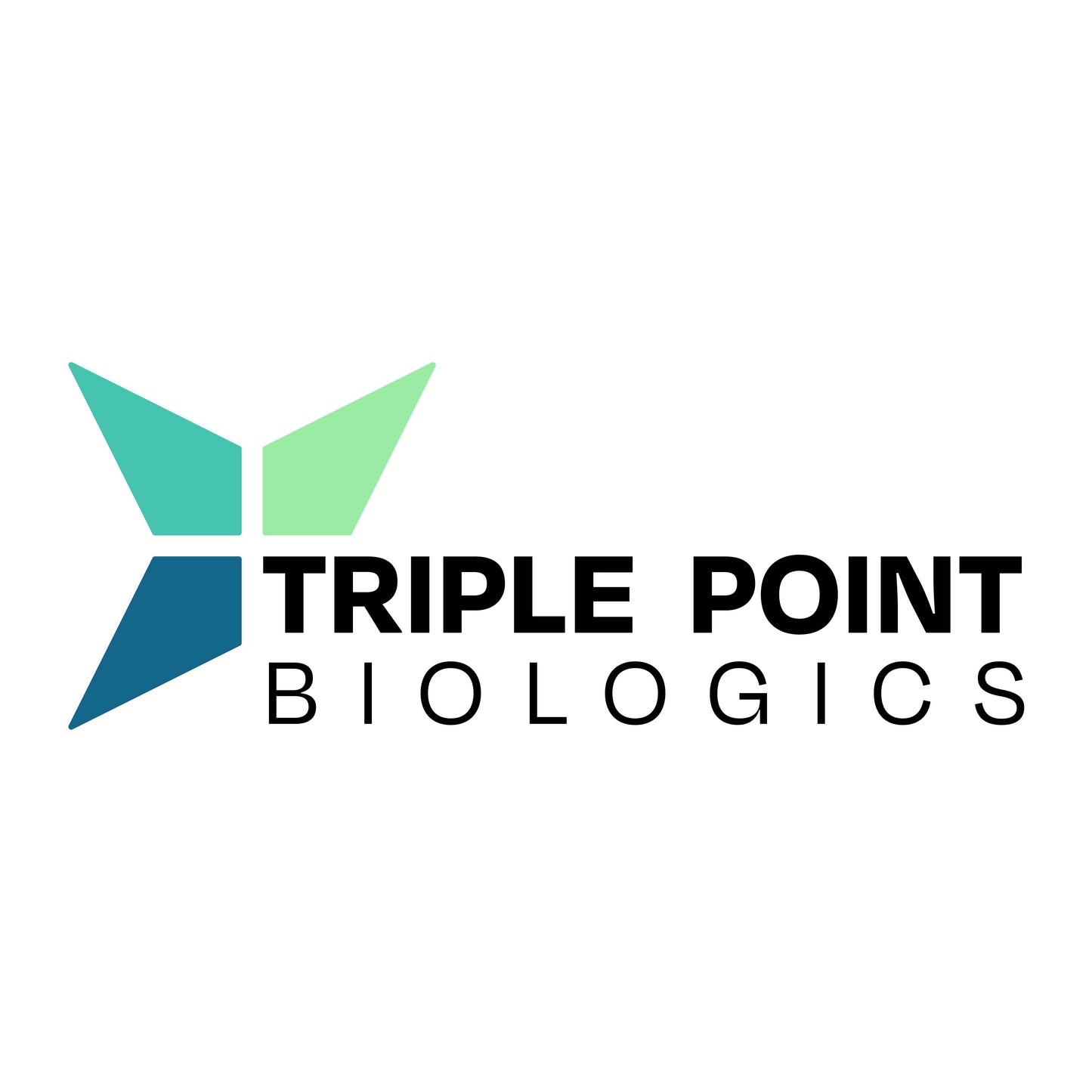CPVL
CPVL
Regular price
$398.00 USD
Regular price
Sale price
$398.00 USD
Unit price
per
Dilution Ranges:
Couldn't load pickup availability
Anti-CPVL Rabbit Polyclonal Antibody

Product details
Pack size: Gene Symbol:
Alternative names:
UniProt Identifier: Host Species:
Validated Applications: Clonality:

